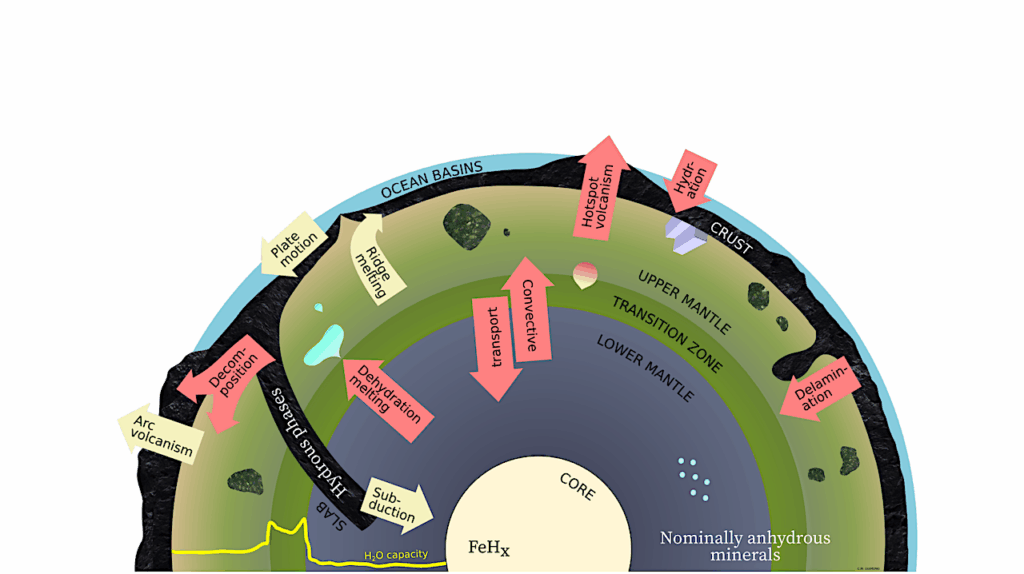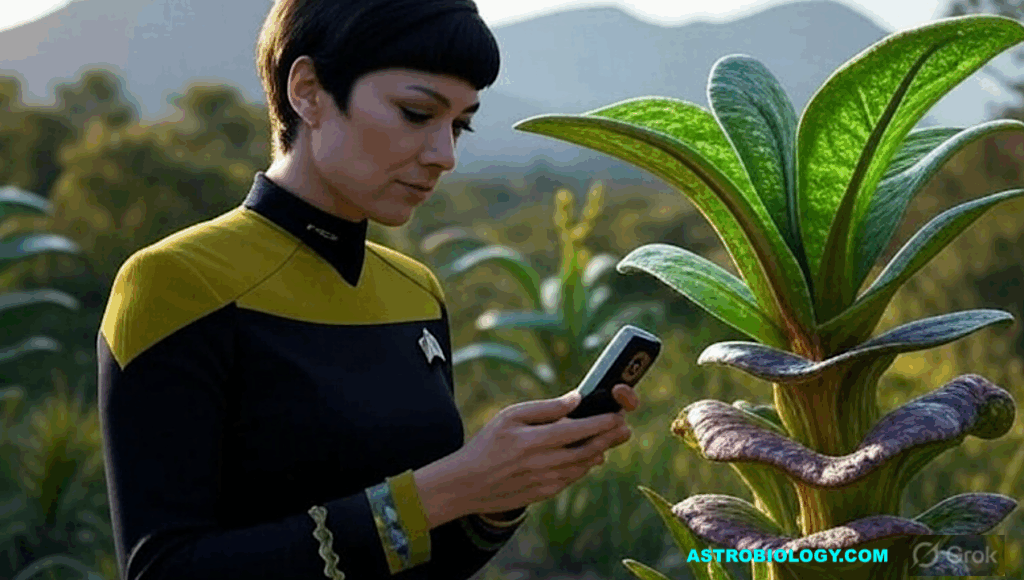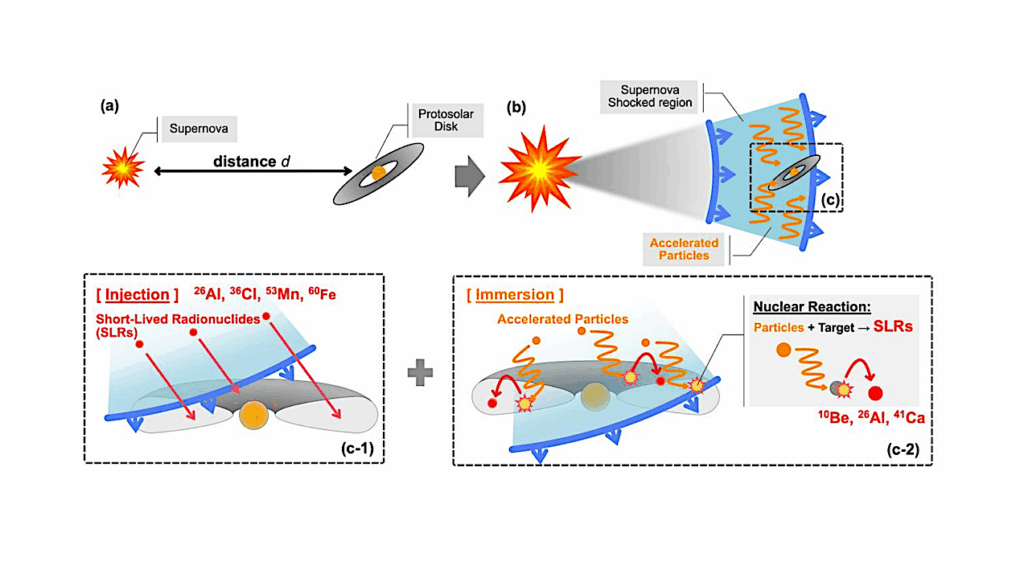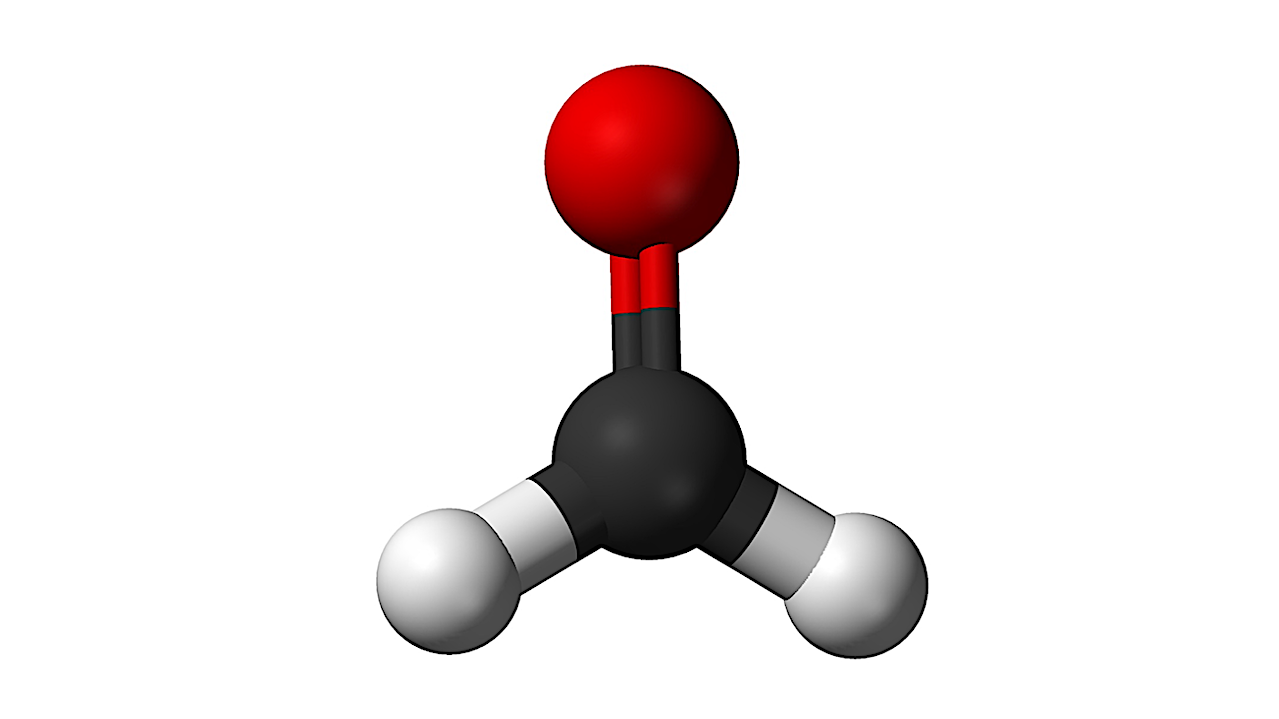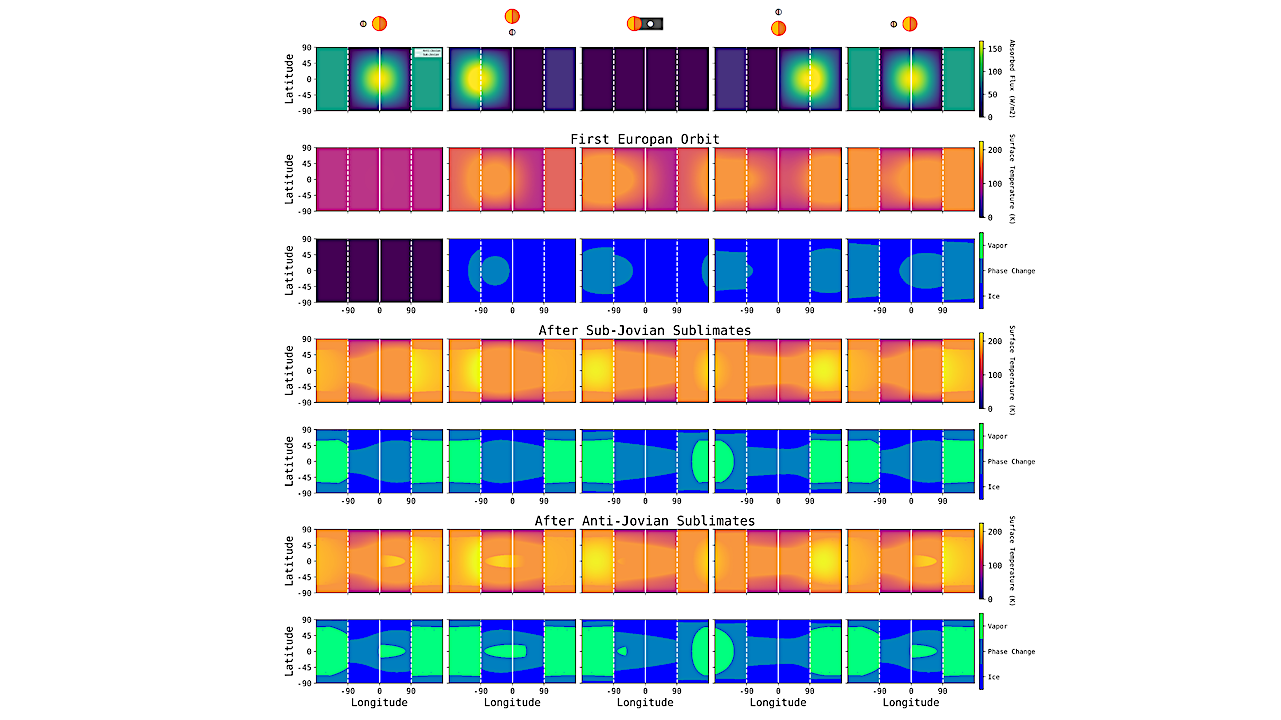Now Reading: Geodetic Exploration of the Interior Structure of Enceladus
-
01
Geodetic Exploration of the Interior Structure of Enceladus
Geodetic Exploration of the Interior Structure of Enceladus
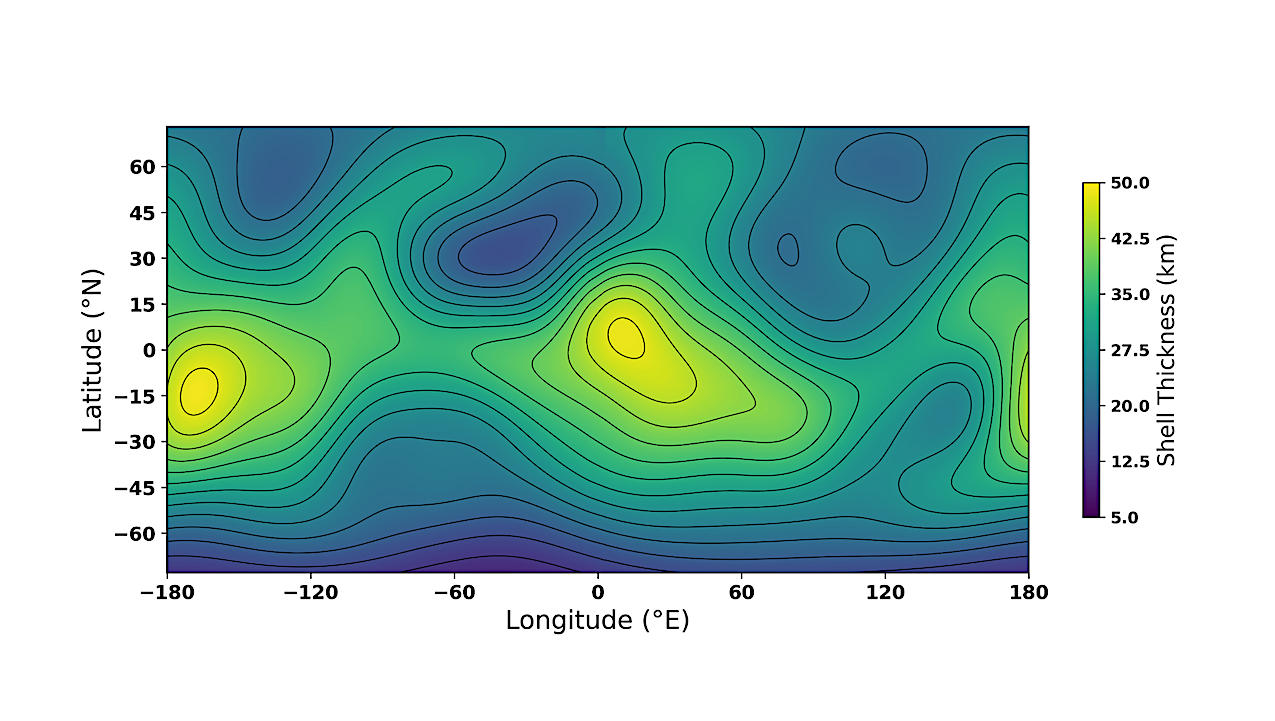

Variation of Enceladus’s ice shell thickness based on the shape model by Park
et al. (2024) assuming isostasy. Contours denote intervals of 2 km. — astro-ph.EP
Enceladus is among the most intriguing bodies in the solar system due to its astrobiological potential.
Determining the extent and duration of sustainable habitability requires characterizing the interior properties, and in particular, the extent and distribution of the tidal heating.
The intensity of any inferred geophysical activity in the core has direct implications for understanding the hydrothermal activity and the budget of biologically useful species. We build a statistical framework using an MCMC approach to constrain the interior based on currently available observations of libration, shape, heat budget, and mass.
We use this framework to examine the extent that geodetic measurements can constrain the interior structure, with an emphasis on determining the partitioning of tidal dissipation between the shell and the core. We quantify plausible ranges of gravitational and displacement tidal Love numbers consistent with existing observations.
We demonstrate that measuring the amplitude and phase of k2 alone can only constrain the total tidally dissipated energy, without a sensitivity to the distribution of heat. However, measuring the amplitude and phase of h2 or l2 facilitates determination of the shell rheology.
We provide the precisions required for measuring k2, h2, and/or l2 that enable distinguishing between the two main scenarios of tidal heating, i.e., in the shell versus the core. We also investigate the effect of the structural heterogeneities of the shell on the tidal response. Lastly, we evaluate the efficacy of a suite of future geodetic measurements to constrain key interior properties essential to instantaneous and sustained habitability at Enceladus.
Amirhossein Bagheri, Mark Simons, Ryan S. Park, Alexander Berne, Steven D Vance, Mohit Melwani Daswani
Subjects: Earth and Planetary Astrophysics (astro-ph.EP)
Cite as: arXiv:2505.14743 [astro-ph.EP] (or arXiv:2505.14743v1 [astro-ph.EP] for this version)
https://doi.org/10.48550/arXiv.2505.14743
Focus to learn more
Submission history
From: Amirhossein Bagheri
[v1] Tue, 20 May 2025 07:25:00 UTC (71,077 KB)
https://arxiv.org/abs/2505.14743
Astrobiology
Stay Informed With the Latest & Most Important News
-
 012024 in Review: Highlights from NASA in Silicon Valley
012024 in Review: Highlights from NASA in Silicon Valley -
 02Panasonic Leica Summilux DG 15mm f/1.7 ASPH review
02Panasonic Leica Summilux DG 15mm f/1.7 ASPH review -
 03From Polymerization-Enabled Folding and Assembly to Chemical Evolution: Key Processes for Emergence of Functional Polymers in the Origin of Life
03From Polymerization-Enabled Folding and Assembly to Chemical Evolution: Key Processes for Emergence of Functional Polymers in the Origin of Life -
 04How New NASA, India Earth Satellite NISAR Will See Earth
04How New NASA, India Earth Satellite NISAR Will See Earth -
 05And Thus Begins A New Year For Life On Earth
05And Thus Begins A New Year For Life On Earth -
 06Astronomy Activation Ambassadors: A New Era
06Astronomy Activation Ambassadors: A New Era -
07SpaceX launch surge helps set new global launch record in 2024












